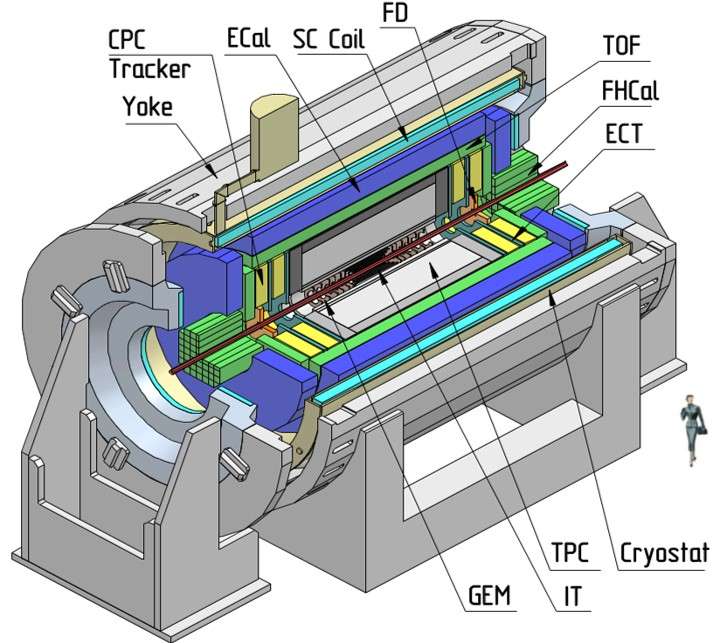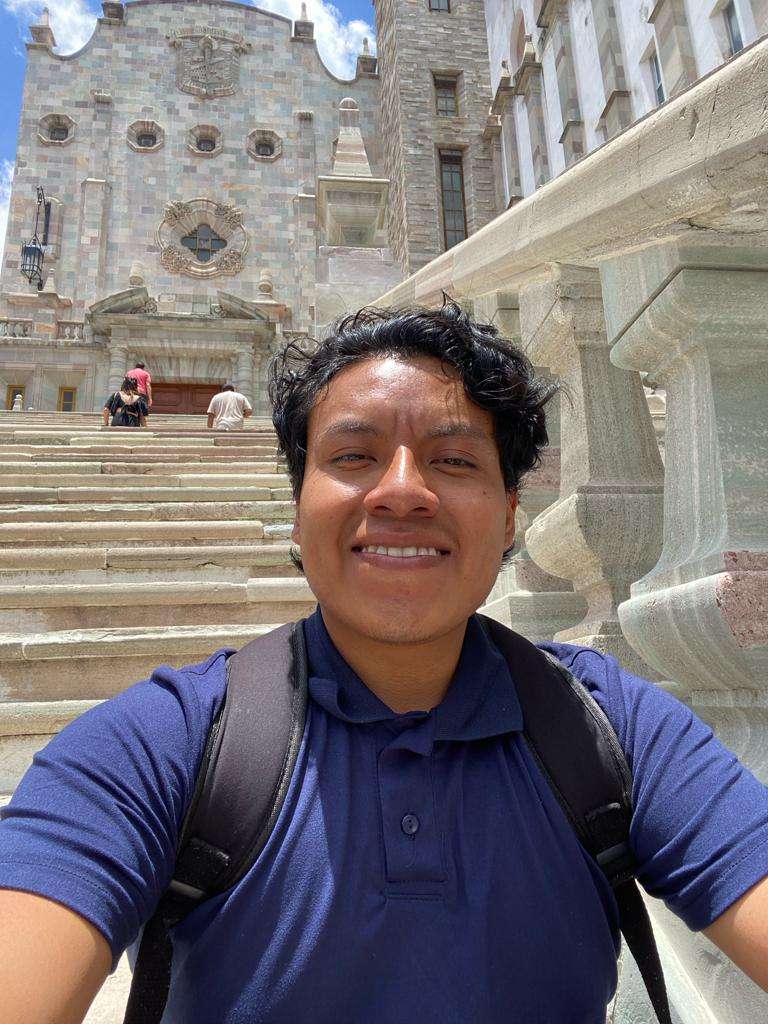NICA is a new flagship project at JINR (Dubna) aimed at the construction of a new accelerator complex to study collisions of relativistic nuclei. The MPD project at NICA has launched to build a detector capable of investigating the structure of Matter at extreme conditions of density and temperature. To be well prepared for the first data taking period, detector performance should be studied in detail by means of dedicated Monte-Carlo simulation procedures. The main goal of the suggested Interest project is to learn how these simulation procedures work and to contribute to the MPD database knowledge about detector performance by addressing several selected topics in the analysis of particle production rates in heavy-ion collisions.
Tasks
The main goal of the practice is the study of the MPD performance (every item is a separate task):
- Study of the MPD phase-space coverage for hadrons and light nuclei in the fixed target mode with different beam-target combinations;
- Study of MPD identification capability for light hadrons by means of ionization loss (dE/dx) measurements;
- Estimation of secondary particle contribution in the yields of (anti)protons and deuterons;
- Testing of MPD tracking capabilities in A+A collisions as a function of particle multiplicity.
Preliminary schedule by topics/tasks
Week 1: Introductory lectures about heavy-ion collisions, event generators, NICA complex, MPD experiment, and MPDRoot framework.
Week 2: Practice with installing MPDRoot, running MPDRoot macros, learning/analyzing outputs of the simulation and reconstruction tasks for A+A collisions.
Weeks 3-6: MPD detector performance study according to the selected task.
Week 7: preparation of the final report.
Required skills
Obligatory: General Physics and courses on Nuclear Physics, good Linux and C++. Notebook or PC with Linux installed (Fedora or Ubuntu 22.04, 20.04 are preferable) + sufficient disk space for the MPDRoot installation and data.
Desirable: Basic knowledge about heavy-ion collisions and detectors.
Acquired skills and experience
Gaining knowledge about physics of heavy-ion collisions, learning about methods of detector simulation and data analysis.
Recommended literature
1. Kekelidze V.D. et al. “Three stages of the NICA accelerator complex”, Eur. Phys. J. A (2016) 52, 211.
2. Abgaryan, V. et al. ( MPD Collaboration) “Status and initial physics performance studies of the MPD experiment at NICA”, Eur. Phys. J. A (2022) 58, 140.
3. Raghunath Sahoo. “Relativistic Kinematics”. E-print: 1604.02651 [nucl-ex] https://arxiv.org/pdf/1604.02651.pdf
4. http://mpd.jinr.ru






